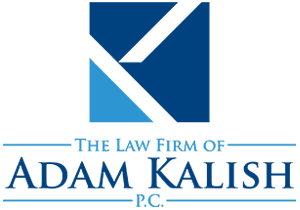One of the challenges New York landlords and property managers face is assessing and determining reasonable charges for tenant damages. When tenants move out, it is not uncommon for there to be some level of wear and tear or damage to the property. Determining the appropriate charges for these damages requires a fair and objective approach to ensure both parties are treated fairly.
Conduct a thorough move-in and move-out inspection
An initial inspection will serve as a benchmark to compare the property’s condition when the tenant moves out. Similarly, when the time comes for the tenant to move out, conducting another detailed inspection will identify any new damages caused during their tenancy.
Differentiate between normal wear and tear and tenant damages
Normal wear and tear refers to the expected deterioration that occurs over time due to regular use. Examples include minor scuffs on walls, faded paint, or worn carpet in high-traffic areas. These should not be charged to the tenant. On the other hand, damages beyond normal wear and tear, such as broken windows, large holes in the wall, or extensive carpet stains, should be considered the tenant’s responsibility.
Assess the age and condition of the property
A property that is brand new or recently renovated is of course expected to be in better condition compared to an older property. While the landlord has the right to maintain their property’s quality, they should consider the property’s age and overall condition when determining charges for damages.
Obtain multiple repair estimates
To ensure transparency and fairness, it is advisable to obtain multiple repair estimates for the damages. By seeking multiple quotes, landlords can compare prices and ensure they are not overcharging tenants for repairs. Furthermore, having multiple estimates can also serve as evidence if any disputes arise in the future.
Provide detailed documentation
Maintain a comprehensive record of the move-in and move-out inspections, including photographs or videos of the property’s condition. Itemize the damages and associated repair costs, attaching any relevant invoices or receipts.
Communicate and negotiate with tenants
Open communication is vital in addressing tenant damages. Once the assessment is complete, discuss the damages with the tenant, presenting them with the documented evidence. This allows tenants to understand the charges and provide an opportunity for discussion or negotiation.
Having a plan in place
Having a protocol in place for determining tenant damages will help you navigate the moving-out process with less stress and with greater fairness. It will also help you deal with any disputes effectively as you will have the proper documentation in hand.

